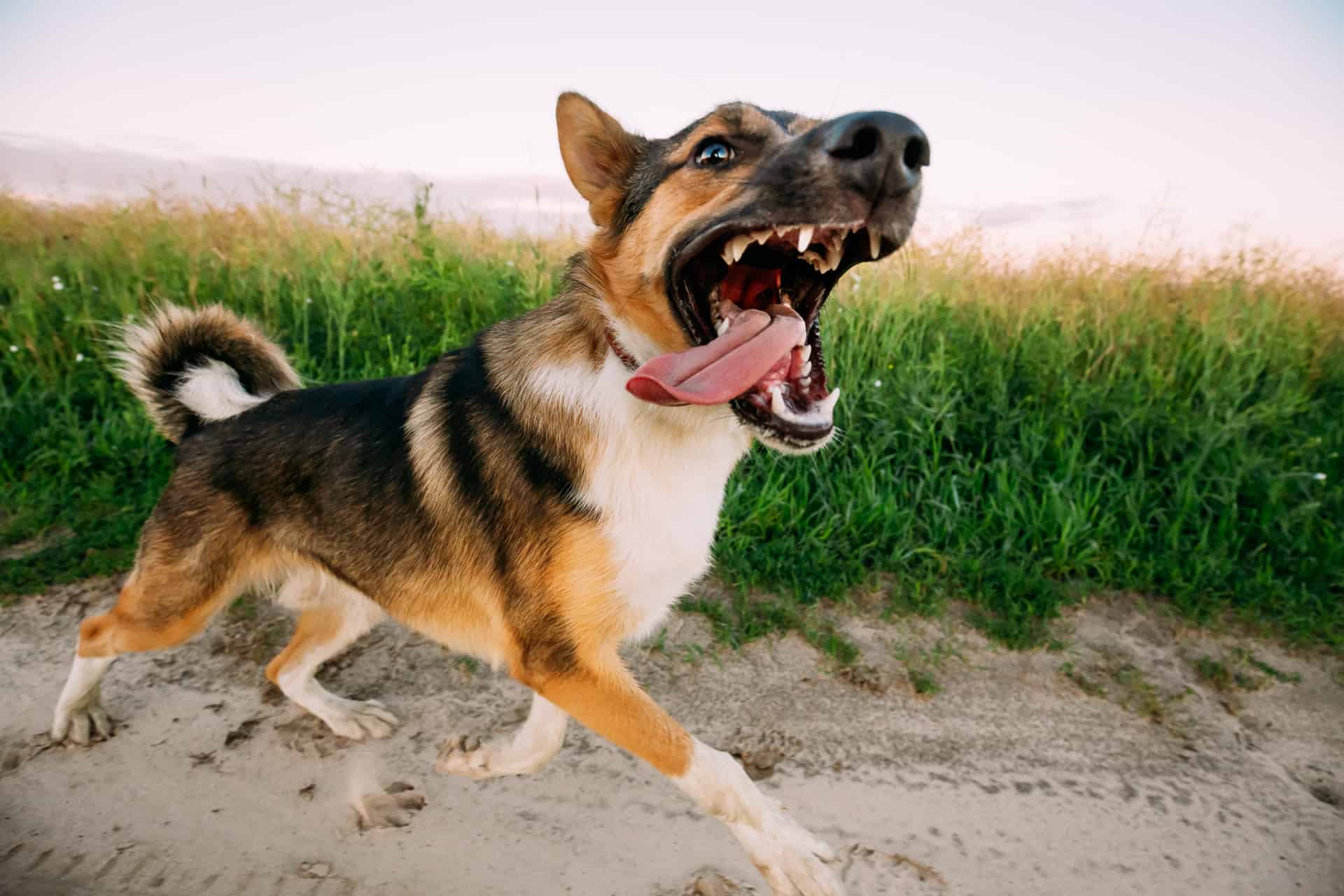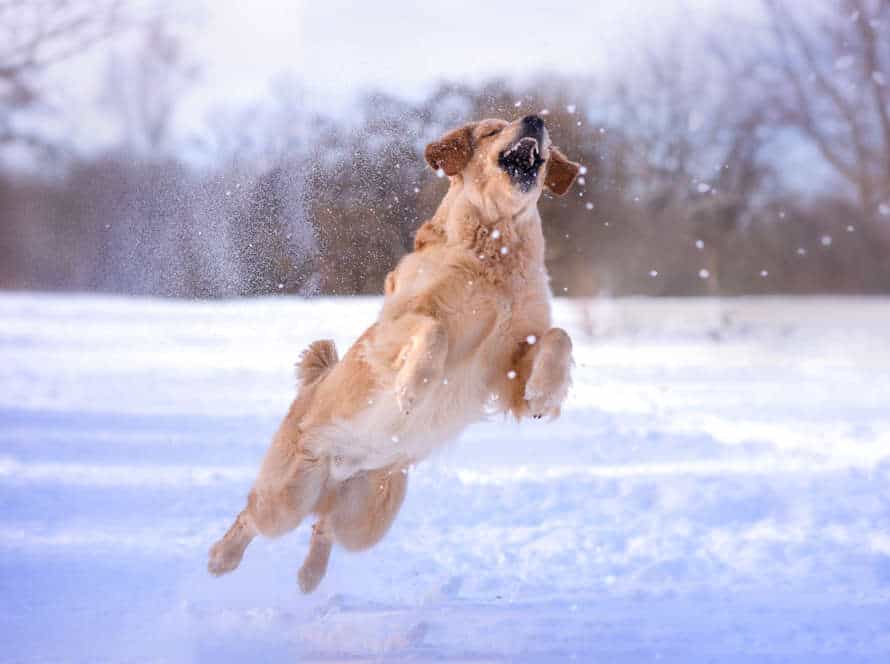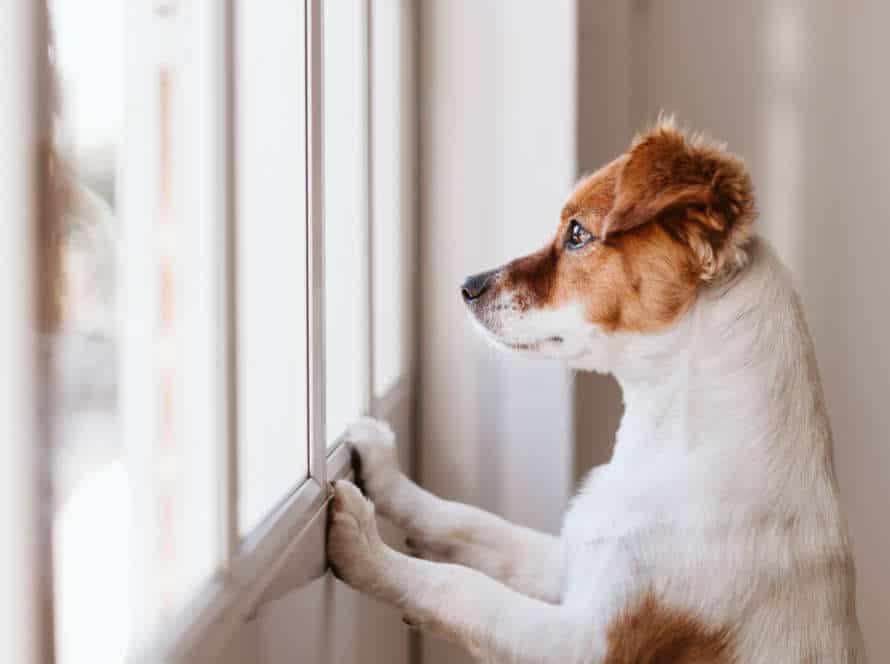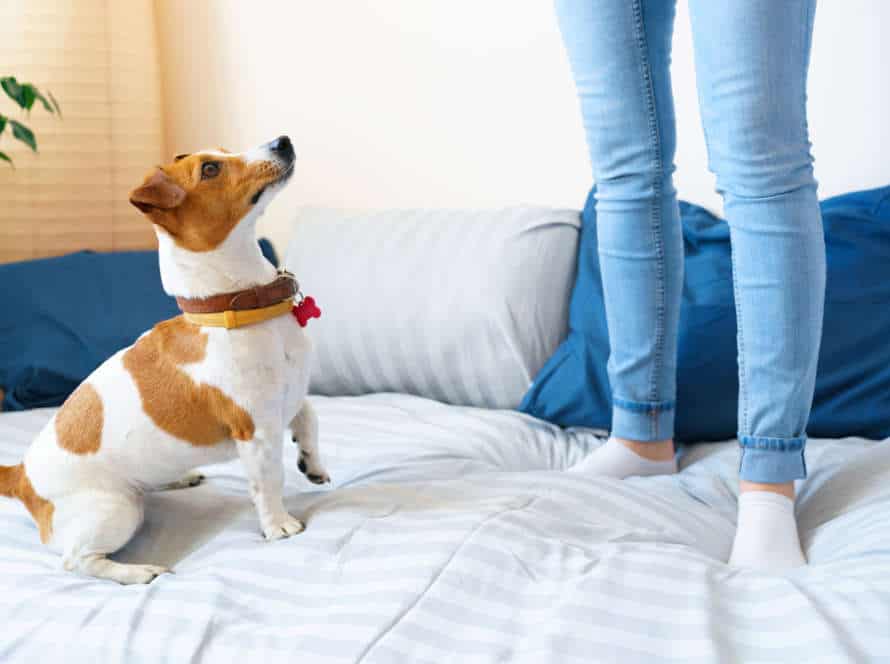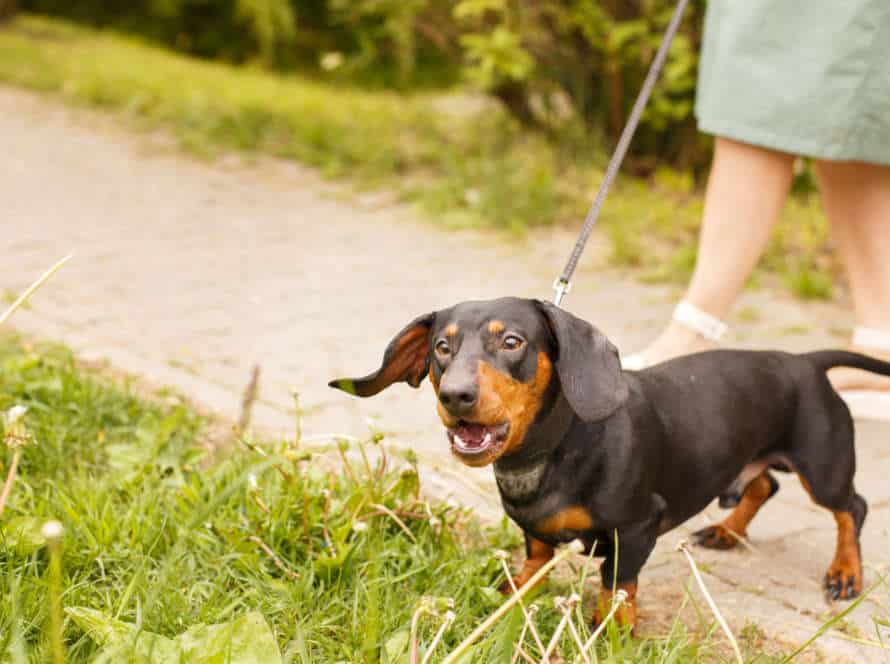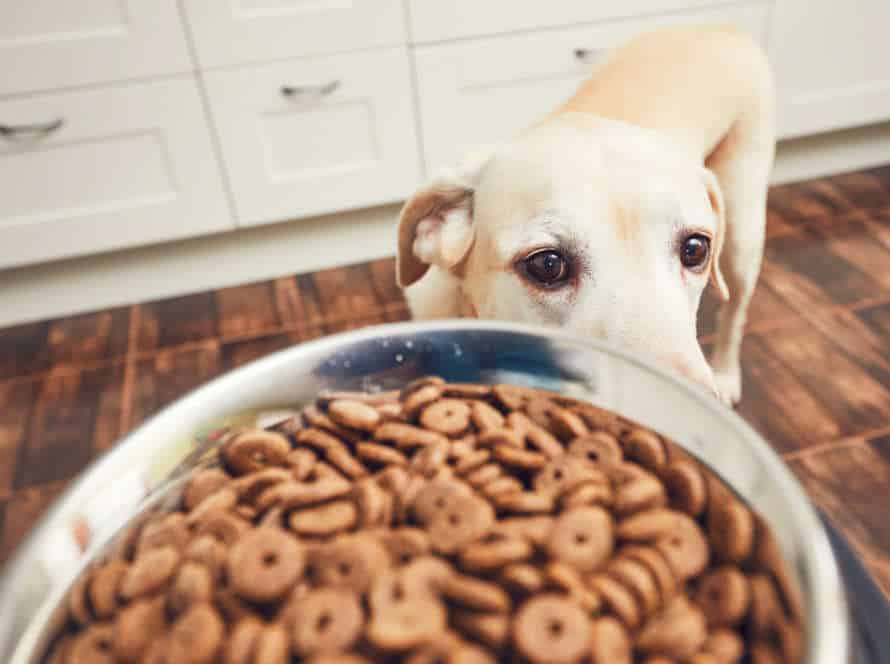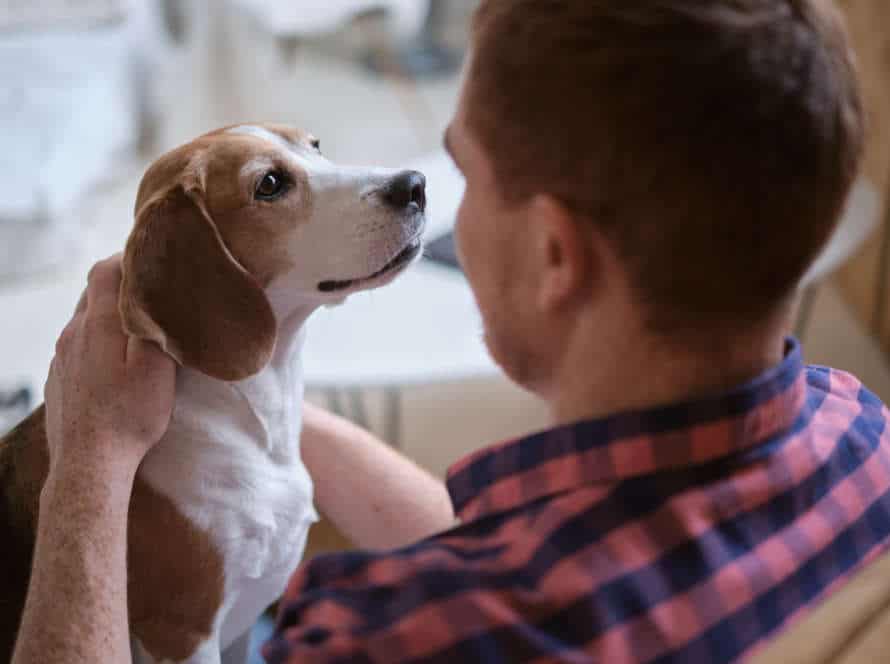Resource Guarding: Possessive Behavior in Dogs
Resource guarding is a typical canine behavior. It’s when a dog gets possessive or aggressive over its resources. These can be anything, like food, toys, bones, space, or even humans.
It’s important to recognize the signs and causes of resource guarding. Common signs include growling, snapping, biting when someone approaches its resources. It might also be possessive of its food, toys, bones, or space. Plus, it may show protective behavior. Lastly, it won’t obey commands when it’s guarding its resources.
To prevent resource guarding from getting worse, you should get professional dog training and consult a veterinary behaviorist.
Understanding Resource Guarding
Resource Guarding is a typical doggy action. It is caused by a feeling of being possessive or protective over something they see as valuable – like a toy, a spot on the couch, or space between two people. Here we’ll take a look at the reasons and signs of resource guarding, and how to help your pup get over it.
What is resource guarding?
Resource guarding is a behavior that dogs can display where they become aggressive and possessive of their “valued resources”. These can include food, toys, or even their owner! Dogs may act out by growling, baring their teeth, and even biting. This can be very dangerous and lead to euthanasia. So, it is important for owners to understand the issue and how to prevent it.
Strategies to prevent resource guarding include:
- Regularly feeding and giving treats in a welcoming environment.
- Teaching “Leave It” and rewarding good behavior.
- Providing enough toys and chew items to avoid competition.
- Seeking professional help from a dog behaviorist for severe cases.
Signs of resource guarding in dogs
Dogs might do resource guarding, which is when they act possessive about food, toys, and other stuff that’s important to them. Here’s what to watch out for:
- Growling, snarling, snapping, or biting when someone comes near their food or toy.
- Becoming tense when someone gets close while they are chewing or playing.
- Trying to hide or take away their things.
- Not dropping an object even when told.
Resource guarding can get worse if left ignored. It’s essential to contact a professional trainer or behaviorist if your pup exhibits these signs. Remember – use positive reinforcement, not punishment or force, to deal with resource guarding.
Triggers that can cause resource guarding behavior
Resource guarding – when dogs protect and defend their valued possessions from others – can be caused by certain situations. Here are some common triggers:
- Competition for resources – such as food or toys.
- Threats to their space – like sleeping areas.
- Fear, anxiety or stress.
- Negative experiences in the past.
It’s important for dog owners to understand these triggers and learn how to prevent them. Training and socializing your dog, feeding them separately, and avoiding competitive resource areas can help.
Prevention and Management of Resource Guarding
Resource guarding is a common possessive behavior in dogs. It’s important to know about it, so you can be proactive. To prevent and manage it, there are a few strategies. Let’s look into them!
Avoid reinforcing resource guarding behavior
Resource guarding is a behavioral issue with dogs that can get worse if reinforced. To stop it, don’t reinforce it. Here are some tips:
- Teach your pup “drop it” and “leave it“, rewarding them when they do.
- Never punish them for resource guarding – it can get worse.
- Don’t take away their resources without giving them something in return.
- Respect their space and give them a safe area when they need it or are scared.
By following these and getting professional help, you can prevent and manage resource guarding.
Teach your dog a “leave it” or “drop it” command
Teach your pup a “leave it” or “drop it” command to avoid and handle resource guarding. It’s a common possessive behavior among dogs. Here’s how to do it:
- Hold a treat in one hand and let your pup sniff it. Firmly but gently say “leave it” or “drop it” and close your hand into a fist.
- Wait a few seconds then give your dog a different treat from the other hand, saying “take it.”
- Do this several times a day, increasing the wait time before the new treat.
- Once they understand the command with treats, practice with other stuff like toys or bones.
With consistent training, your pup will learn to leave or drop items on command. This will reduce the risk of resource guarding.
Use positive reinforcement training to help stop resource guarding
Positive reinforcement training can be useful for preventing and managing resource guarding in dogs. This technique involves giving rewards for good behavior and making positive connections with particular objects or situations.
Here are some tips to help:
- Introduce your dog to positive reinforcement by giving treats or rewards.
- Keep an eye on your dog’s behavior around food and other resources. Look for signs of possessiveness or aggression.
- Use positive reinforcement to get your dog to share. Take away the object & offer a treat or reward.
- Gradually, increase the amount of time you require the dog to share before rewarding them.
With regular training and positive reinforcement, you can replace the negative associations with positive ones. This helps reduce and manage resource guarding.
Pro tip: Monitor your dog’s behavior closely. And if needed, consult a professional trainer or behaviorist.
Treatment and modifying Resource Guarding Behavior
Resource guarding can be a problem for pet owners. It is when a dog acts possessively to protect food, toys, or space. Fortunately, there are ways to modify this behavior. This article will look at techniques to treat it. These steps can help make sure your dog is secure.
Counter-conditioning by changing your dog’s association with the trigger
Counter-conditioning is a great way to change a dog’s resource guarding behavior. It alters the pup’s connection to the stimulus causing the guarding, such as food, toys, or people.
Here’s how:
- Start by getting the dog used to the trigger. Place the food bowl on the ground from a distance.
- Slowly move the trigger nearer. Give treats or praise for relaxed behavior.
- When your dog is more comfortable, add more difficult situations. Like reaching for the food bowl or taking away a toy.
- Keep rewarding the pup for calm, non-guarding behavior. Make the challenge tougher over time.
Eventually, your pooch will link the trigger with good experiences and won’t guard it anymore.
Desensitization by slowly exposing the dog to the trigger
Desensitization is a behavior training technique used to change resource guarding in dogs. It means gradually exposing the dog to what causes the guarding and praising them when they stay calm.
To desensitize your pup:
- First, identify the trigger of the guarding. This could be a toy or food bowl.
- Introduce the trigger from a distance, and reward your dog with a treat when they stay calm.
- Gradually get nearer to the trigger, and keep rewarding them.
- If they show signs of guarding, stop and start over once they’re calm.
- Make it harder by introducing more triggers and decreasing the distance.
- Remain patient and consistent for best results.
Training with a professional behaviorist
Dealing with resource guarding behavior in dogs can be a real challenge. It’s important to get help from a pro behaviorist. They can figure out why the dog is doing it and plan a training program that works just for them. Here are the benefits of training with a behaviorist:
- They have special knowledge and know how to modify doggy behavior.
- Their training is tailored to the pup’s behavior so it’s more likely to work.
- They use positive reinforcement training, so they don’t hurt the pet.
Pro tip: If you get help early on, it can stop the guarding from getting worse.
Safety Measures When Dealing with a Resource Guarding Dog
Resource guarding is when a dog protects its special stuff like food, toys, and places. It’s important to be safe when a dog shows this behavior.
To stay safe, it’s important to:
- Teach the dog how to respond to cues
- Manage the environment to stop the guarding
- Use positive reinforcement
Let’s look closer at these safety measures.
Safety measures for handling and interacting with a resource-guarding dog
Resource guarding is a typical behaviour in dogs. They become very possessive of their toys or food bowls and can become aggressive if someone tries to take these away. Here are some safety tips to remember when around these type of dogs:
- Avoid approaching them when they have food or toys.
- If you need to take something away, use food as a lure to move them away.
- Never punish or scold them for guarding.
- Teach children to stay away from food and toys when the dog is there.
- Seek the help of a professional trainer or vet if the guarding is very severe.
- Early intervention and correct training can reduce resource guarding in dogs.
Prevention of accidents caused by resource guarding
Resource guarding is a behavior in dogs where they become overly possessive of their food, toys and other valuables. This can result in accidents, even dog bites. To avoid this, here are some safety tips:
- Avoid confrontation. Don’t try to take away the dog’s resources by force. This could make them even more possessive and lead to a dangerous situation.
- Train the dog. Teach basic obedience commands like “leave it” and “drop it“. This will show them you’re not trying to take away their stuff but teaching them something new.
- Seek help. If the behavior is severe, consult a professional dog trainer or behaviorist. They can provide personalized solutions and help create a safe environment.
When to seek professional help to modify resource guarding behavior
Resource guarding is a natural behavior in dogs. It happens when they protect their possessions. But it can become a problem if it turns into aggressive behavior towards humans or other animals.
As a dog owner, you must know when to get professional help. This can help modify resource guarding behavior in your furry friend.
If any of these apply, consider getting professional help:
- The behavior is severe and frequent, and it puts safety at risk.
- There’s a history of aggression towards humans or other animals.
- Your attempts to modify the behavior have failed, and it’s getting worse.
A professional dog trainer or behavioral specialist can help you modify your dog’s behavior. Never yell or punish your dog for resource guarding behavior. It can make the situation worse, and damage your relationship with your pet. Always get help if you’re not sure or concerned about your dog’s behavior.
Frequently Asked Questions
What is resource guarding in dogs?
Resource guarding is possessive behavior in dogs where they become aggressive or defensive over something they perceive as valuable, such as food, toys, bones, or even their owners.
What are the signs of resource guarding?
The signs of resource guarding include growling, snapping, biting, stiffening of the body, and guarding the item with their body or by hiding it.
Can resource guarding be prevented?
Resource guarding can be prevented by early socialization, providing plenty of toys and chews, hand feeding and trading, and desensitization and counter-conditioning.
How do you manage resource guarding?
Managing resource guarding can be done by avoiding triggering the behavior, setting up a feeding and treating routine, using positive reinforcement, and consulting with a professional trainer or behaviorist.
Can resource guarding be cured?
Resource guarding can be managed and reduced, but it cannot necessarily be cured completely. It is important to continue managing and training the dog to prevent any aggressive behaviors.
Why is resource guarding dangerous?
Resource guarding is dangerous because it can lead to aggressive behavior and bites. It is important to manage and train the dog to prevent any harm to humans or other animals.

